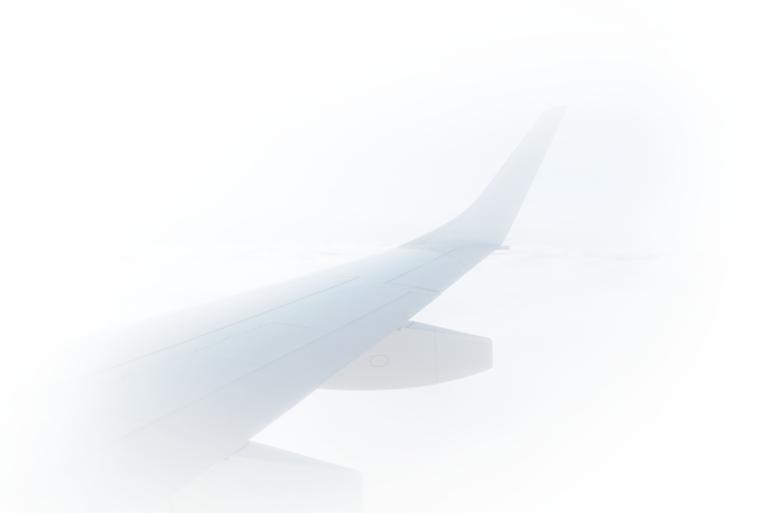One of the major influences on airline costs, route selection and profitability over the next decade will be the new aircraft types being delivered.
New aircraft types including the A350 and the new variants of the A330 and of the narrow body aircraft, A320s and B737s, will join the A380s and B787s in airline fleets over the next few years. The new aircraft designs save on fuel, increase range and improve cost efficiency. See table below for aircraft characteristics. The stimulus to replace current aircraft with the new more fuel-efficient models is highest during periods of high fuel prices.
For the A380 there were 27 deliveries during 2015, with an additional 14 delivered during the first half of 2016, taking the total in operation to 193 worldwide. The A380 first entered service in October 2007 and is now operated by 13 airlines on over 100 routes. As at the end-June 2016 Airbus had 126 of the aircraft still on order. The A380 currently seats from 379 passengers (a Singapore Airlines four class layout) to 615 passengers (an Emirates two class layout) over a range of up to 8,200 nautical miles. Emirates has the largest A380 fleet with 81 in service and 61 still on order.
Boeing has delivered 306 B787-8s to 33 customers and 125 B787-9s to 19 customers as at end-June 2016; 724 of the B787 family aircraft are still on firm order. The B787-8 first entered service in October 2011 and the B787-9 in June 2014. The B787s are reported to use 20-25% less fuel with 20-25% fewer emissions than the airplanes they replace. With three variants the B787 seats between 242 and 330 passengers with a range of up to 7,635 nautical miles.
Airbus delivered its first A350 XWB (extra wide body) to launch customer Qatar Airways in December 2014. As at end-June 2016, 27 of the -900 variant were in service, operated by seven airlines; 578 were still on order from 41 customers. Airbus also has 181 orders, from ten customers, for the -1000 variant. Only 16 orders remain on the books for the -800 variant as airlines have moved towards the larger -900 variant, and development of the -800 has reportedly been suspended. The A350 family provides a long-range capability from 7,950 to 8,200 nautical miles, with typical seating capacities of 280 to 366 passengers.
Airbus has also launched an upgrade of its medium range wide-body A330 passenger jet, with two versions of the A330neo (new engine option). As at the end-June 2016 Airbus had 176 orders for the -900neo variant from eight customers and 10 orders for the
-800neo variant. First deliveries are scheduled to start in the fourth quarter of 2017. The A330neo is reported to reduce fuel consumption by 14% per seat compared with the A330, and increase the range by up to 400 nautical miles while offering up to ten extra seats.
Boeing’s newest family of single-aisle airplanes is the B737 MAX. First deliveries to customers are expected to commence in 2017. The B737 Max 8 is the first in the family to be developed and is expected to reduce fuel use and CO2 emissions by 20% compared with the original Next-Generation 737s when they first entered service, and to have an additional 405-580 nautical mile range. The 737 MAX 200, a new variant based on the B737 MAX 8 has recently been launched, capable of accommodating up to 200 seats. As at end-June 2016 Boeing had over 3,200 orders for the B737 MAX aircraft, with first delivery now expected to take place during the first half of 2017.
Similarly, the newest member of the A320 family, the A320neo (new engine option), reports to offer up to 20% fuel savings per seat in comparison with the current engine option aircraft and up to 500 nautical miles additional range. An A321neo variant has also been launched to deliver the longest range of any single-aisle aircraft (4,000 nautical miles), with particular suitability for transatlantic routes. Airbus reports that as at end-June 2016 firm orders for the A320neo family stood at over 4,500 aircraft, with eight of the A320neos so far delivered. Large orders have been placed by some of the Asia Pacific LCCs.
The following table summarises the specifications and orders for these aircraft. The information has been obtained from various sources and will be updated as new information becomes available.
| Aircraft Type | Range (km) | Seating | Max Take-off Weight (tonnes) | First Delivery | Estimated Delivery Date | Delivered at Jun-16 | On Order at Jun-16 |
|---|---|---|---|---|---|---|---|
| A380 | 15,200 | 544-853 | 575 | Oct-07 | 193 | 126 | |
| B787-8 | 13,620 | 242 | 228 | Sep-11 | 306 | 125 | |
| B787-9 | 14,140 | 290 | 254 | Jun-14 | 125 | 446 | |
| B787-10 | 11,910 | 330 | 254 | 2018 | 153 | ||
| A350-800 | 15,200 | 280-440 | 259 | (a) | 16 | ||
| A350-900 | 15,000 | 325-440 | 280 | Dec-14 | 27 | 578 | |
| A350-1000 | 14,750 | 366-440 | 308 | Mid-2017 | 181 | ||
| A330-800neo | 13,900 | 257-406 | 242 | Early-2018 | 10 | ||
| A330-900neo | 12,130 | 287-440 | 242 | End-2017 | 176 | ||
| A319neo | 6,950 | 140-160 | 75 | 2017 | 58 | ||
| A320neo | 6,500 | 165-189 | 79 | Jan-16 | 8 | 3,388 | |
| A321neo | 7,400 | 206-240 | 97 | End-2016 | 1,129 | ||
| B737MAX | 3,218 | ||||||
| B737MAX 7 | 6,200 | 126-149 | 72 | ||||
| B737MAX 8 | 6,500 | 162-189 | 82 | 2017 | |||
| B737MAX 9 | 6,500 | 178-220 | 88 | ||||
| B737MAX 200 | 200 | 2019 |
Note: (a) A350-800 may not be further developed. Source: Airbus, Boeing, airline news releases.


